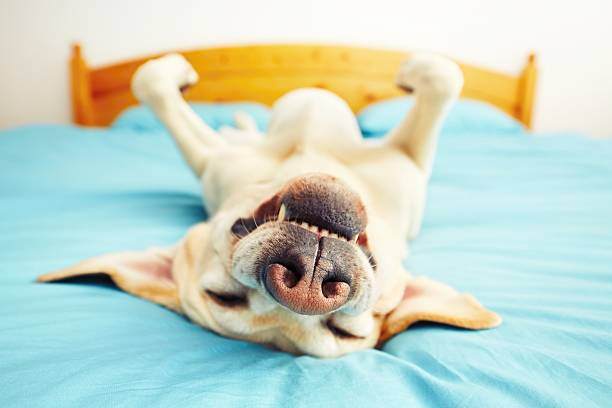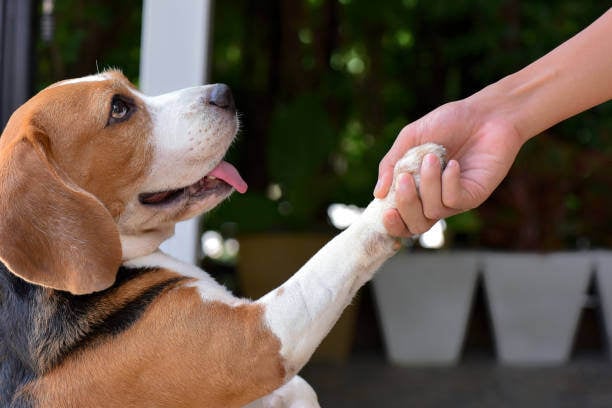Have you ever watched your dog twitch, whimper, or even bark softly in their sleep and wondered what they might be dreaming about? Just like humans, dogs experience dreams during their sleep. These dreams occur during the REM (Rapid Eye Movement) stage of sleep, which is when the brain is most active. Let’s dive into some fun facts about dog dreams and how they resemble our own nocturnal adventures.
Dogs Experience REM Sleep
Dogs, like humans, go through different stages of sleep, including REM sleep. During this phase, their brains exhibit activity similar to when they are awake, suggesting they might be dreaming. This stage is crucial for memory consolidation, learning, and overall mental health. Puppies and older dogs tend to spend more time in REM sleep compared to adult dogs, possibly because they are processing new experiences and memories.

What Do Dogs Dream About?
While we can't ask dogs directly about their dreams, scientists believe that dogs dream about their daily activities. If your dog loves to chase squirrels or play fetch, it’s likely they are dreaming about those adventures. Observing your dog’s movements during sleep can provide clues: twitching legs might indicate a dream about running, while wagging tails suggest happy dreams.
Twitching and Vocalizing in Sleep
One of the most fascinating aspects of dog dreams is their physical manifestation. You might notice your dog twitching, paddling their legs, or even making sounds like barking or whining. These behaviors are perfectly normal and indicate that your dog is in the REM stage of sleep, deeply immersed in their dream world.

All Dogs Dream, But Size Matters
Interestingly, the frequency and duration of dreams can vary depending on the dog’s size. Smaller dogs tend to have more frequent but shorter dreams, while larger dogs have fewer but longer dreams. For instance, a Chihuahua might dream every ten minutes, whereas a Great Dane might dream once every 90 minutes.
Dreams Aid in Memory and Learning
Dreaming plays a vital role in a dog’s cognitive function. Just like humans, dogs use dreams to process the information they have gathered throughout the day. This helps them learn and remember new commands, tricks, and experiences. So, the next time your dog takes a nap after a training session, know that they might be reinforcing what they’ve learned in their dreams.
Can Dogs Have Nightmares?
Yes, dogs can have nightmares too. If you notice your dog waking up abruptly, looking distressed, or avoiding sleep, they might have had a bad dream. Comforting them with a gentle pat or a soothing voice can help them feel secure. However, it’s important to let sleeping dogs lie; waking them suddenly from a nightmare can startle them.

Understanding that dogs dream just like us adds a new layer of appreciation for our furry friends. Their dreams reflect their daily lives, joys, and even fears. The next time you see your dog twitching or hear them softly barking in their sleep, imagine them chasing after their favorite toy or exploring a new park. Dream on, little pups!
Dogs’ dreams are a testament to their complex and vibrant inner lives. By ensuring they have a safe and comfortable place to sleep, we can help them enjoy their dream adventures to the fullest. So, let your dog snooze peacefully, knowing they are off on exciting escapades in their dreams.
Subscribe to the Gingr Blog






